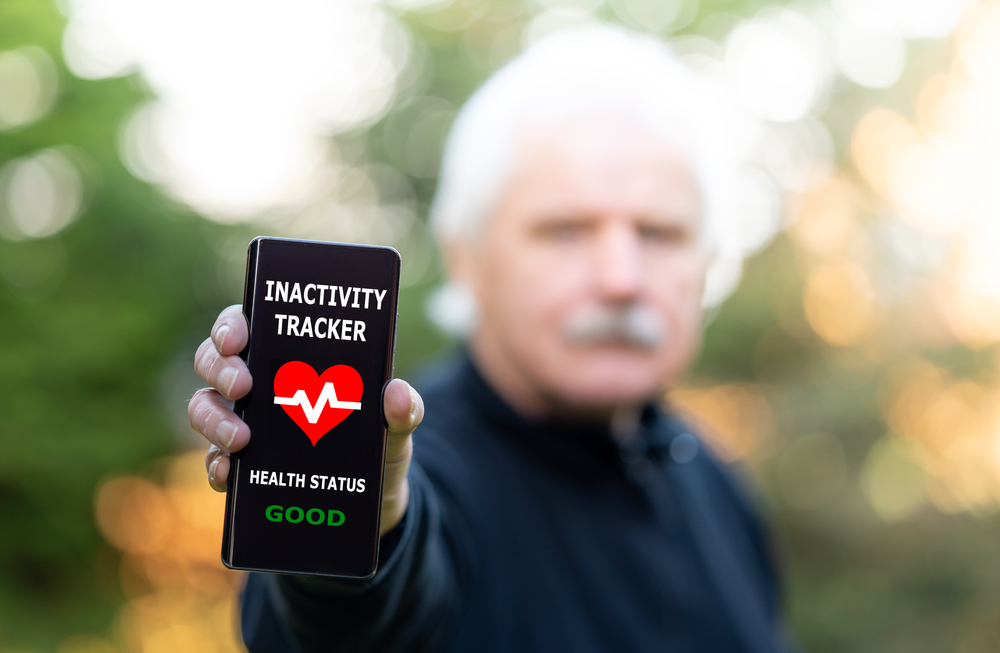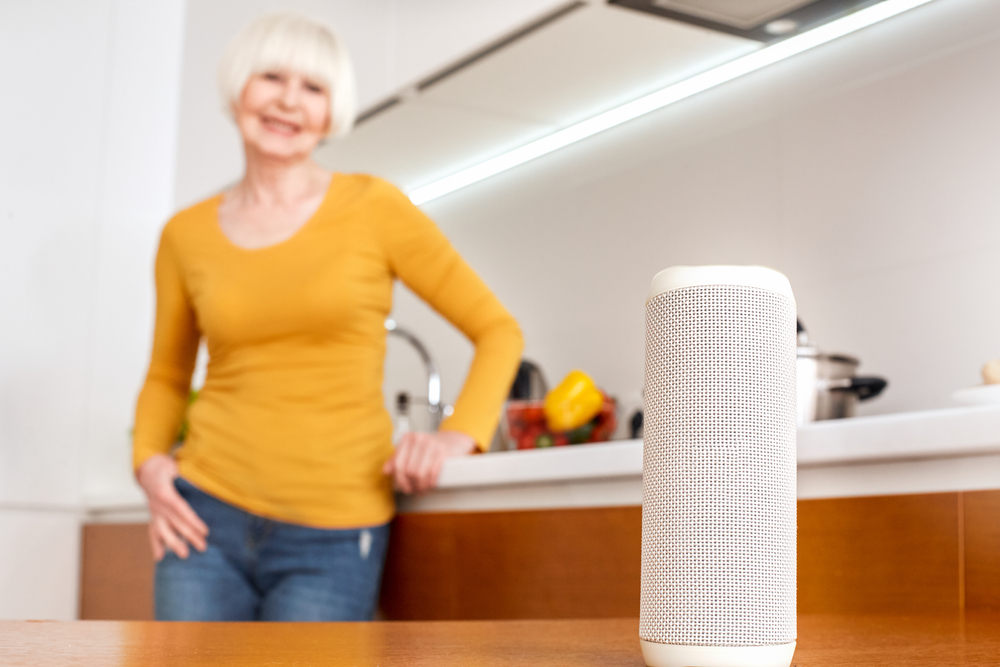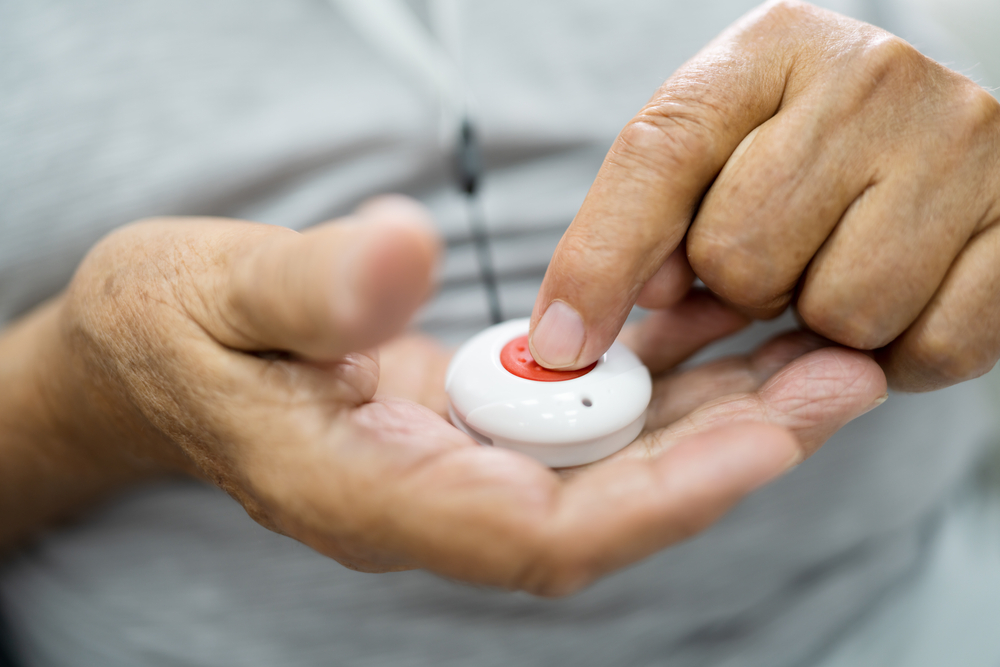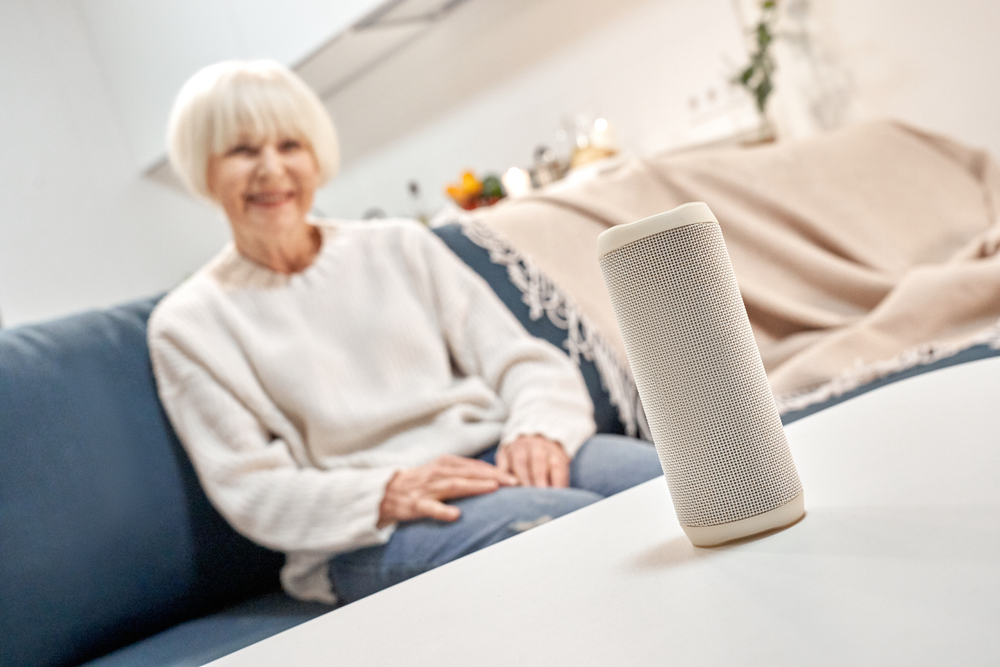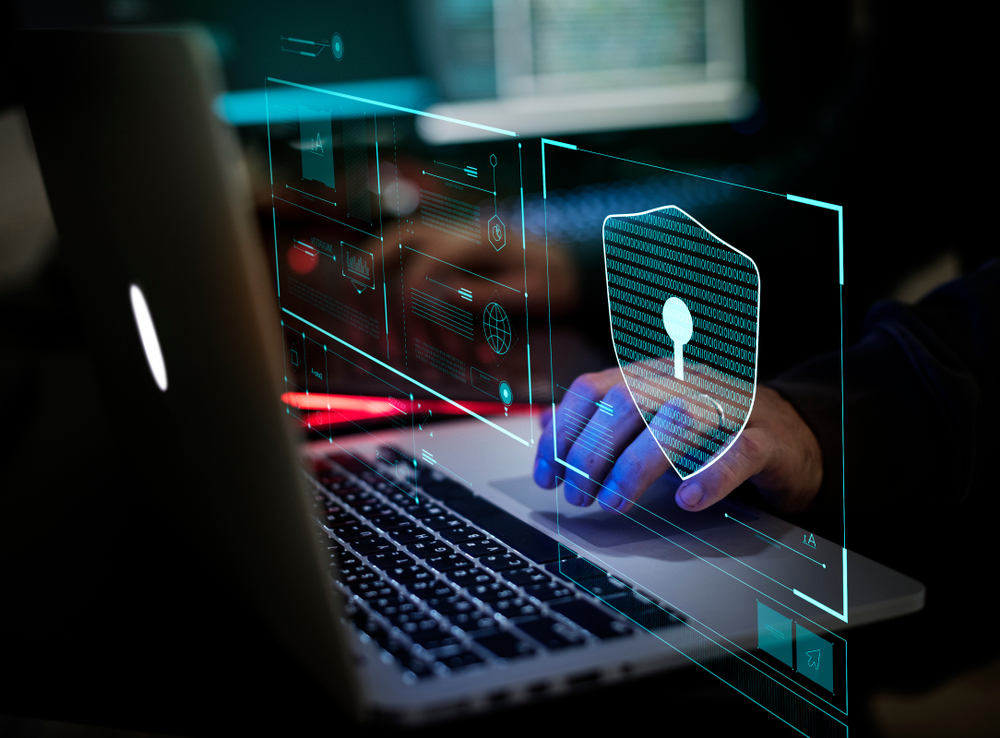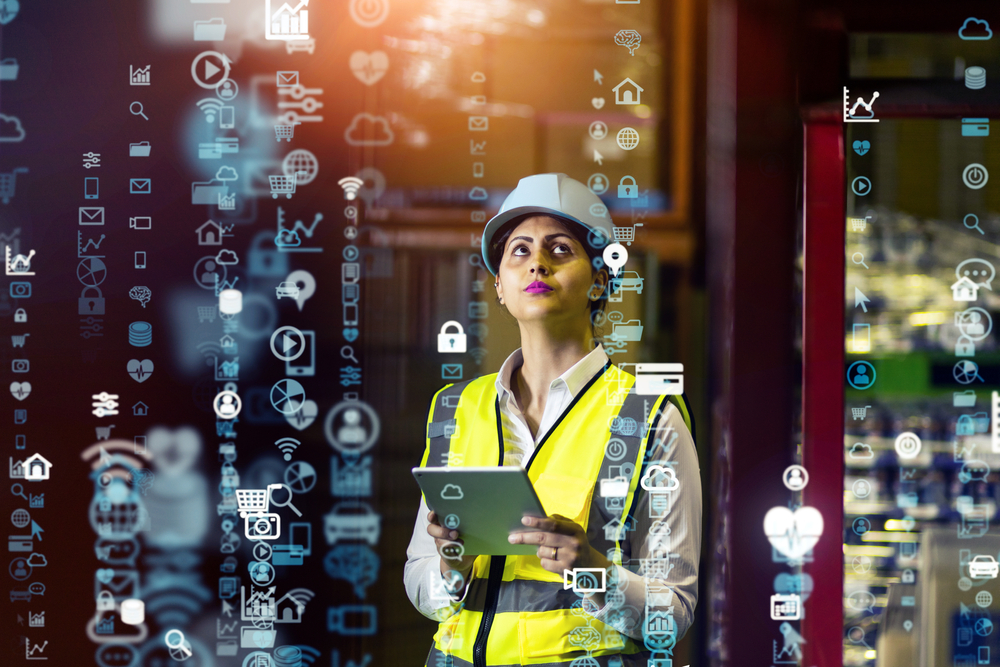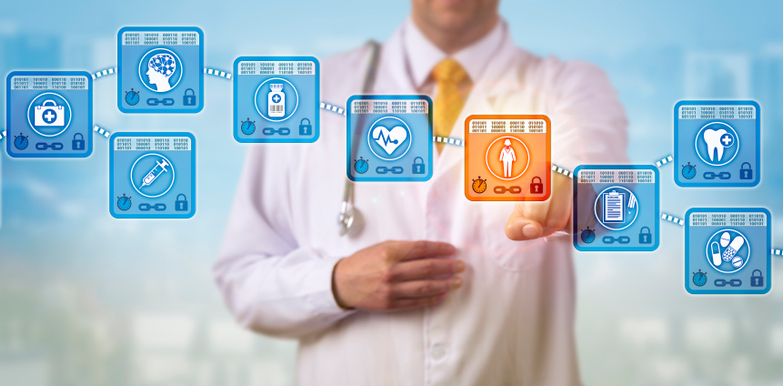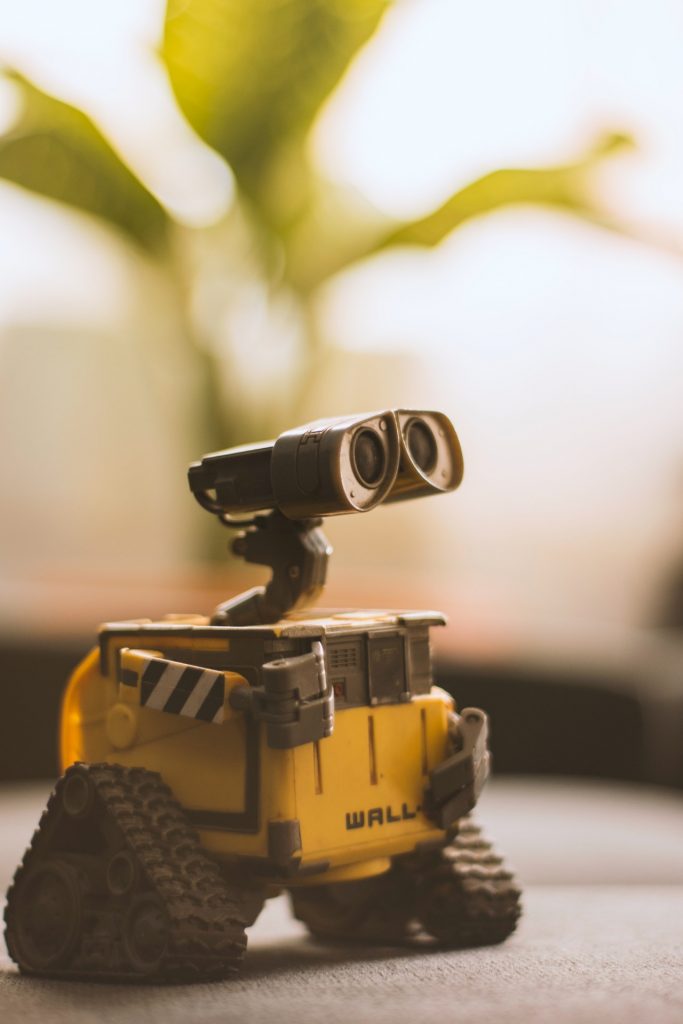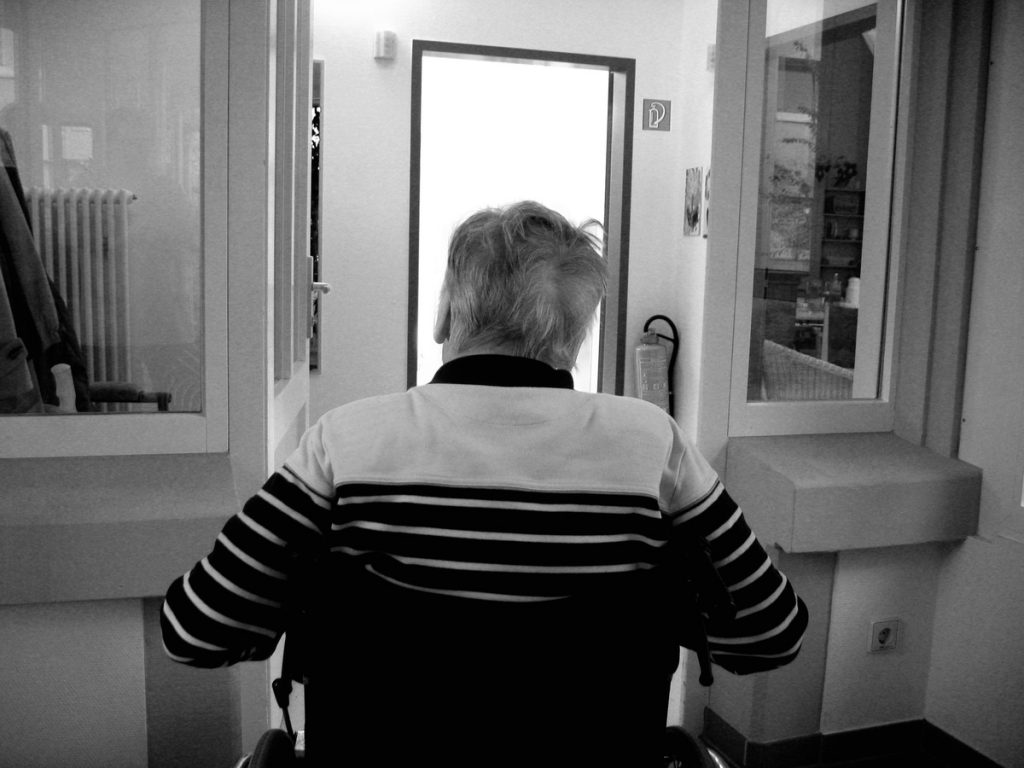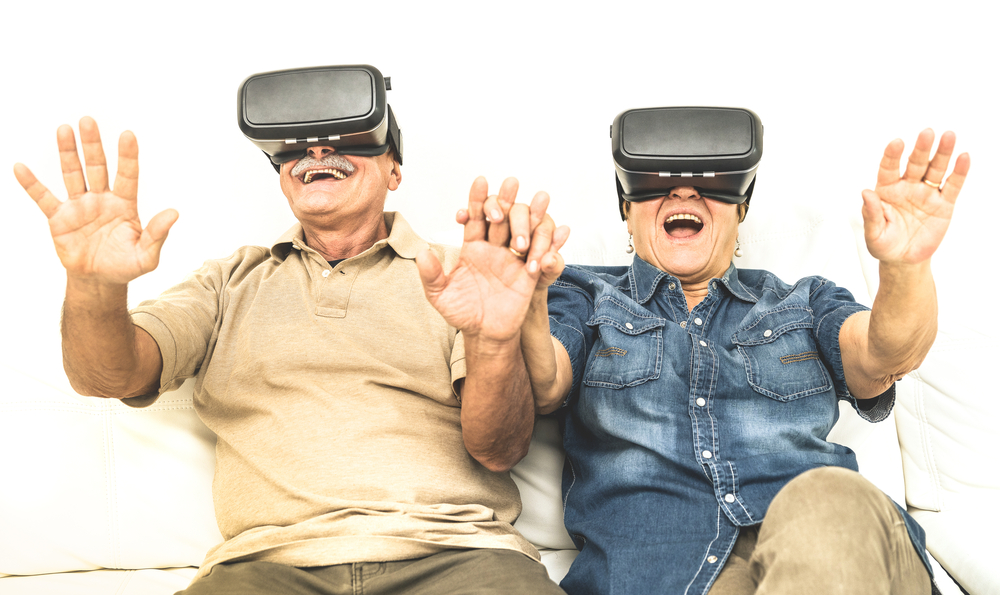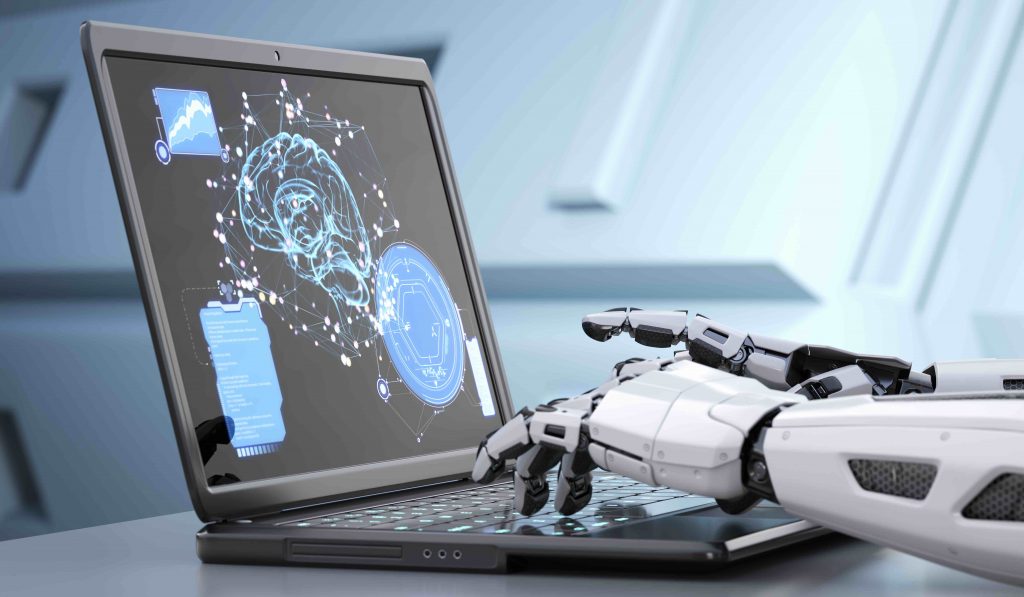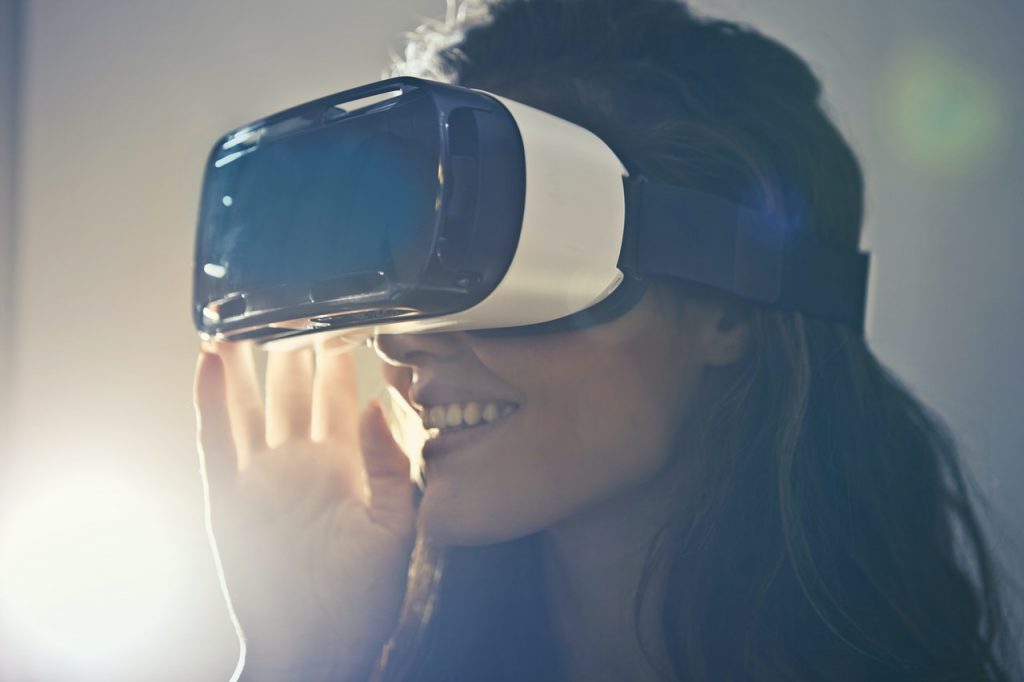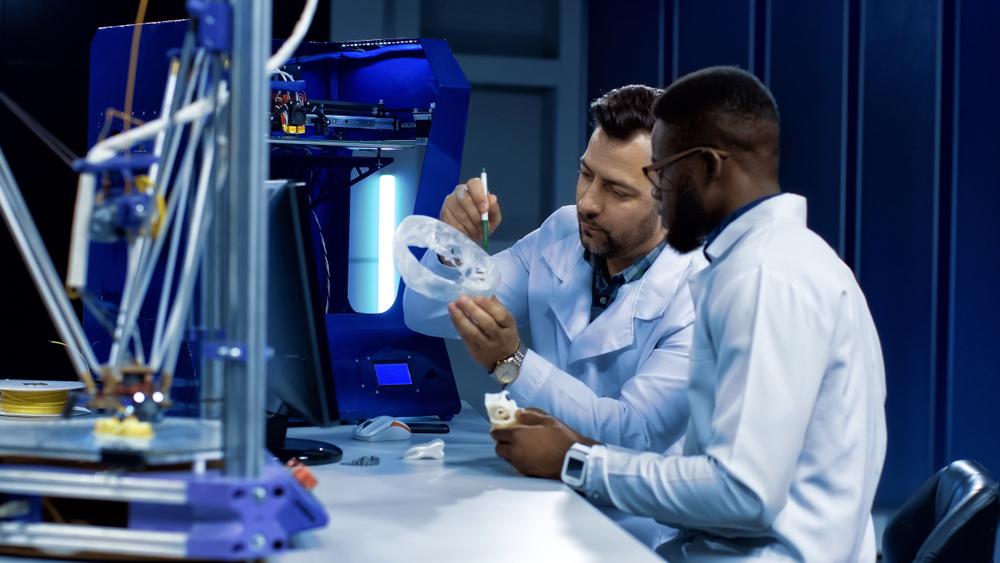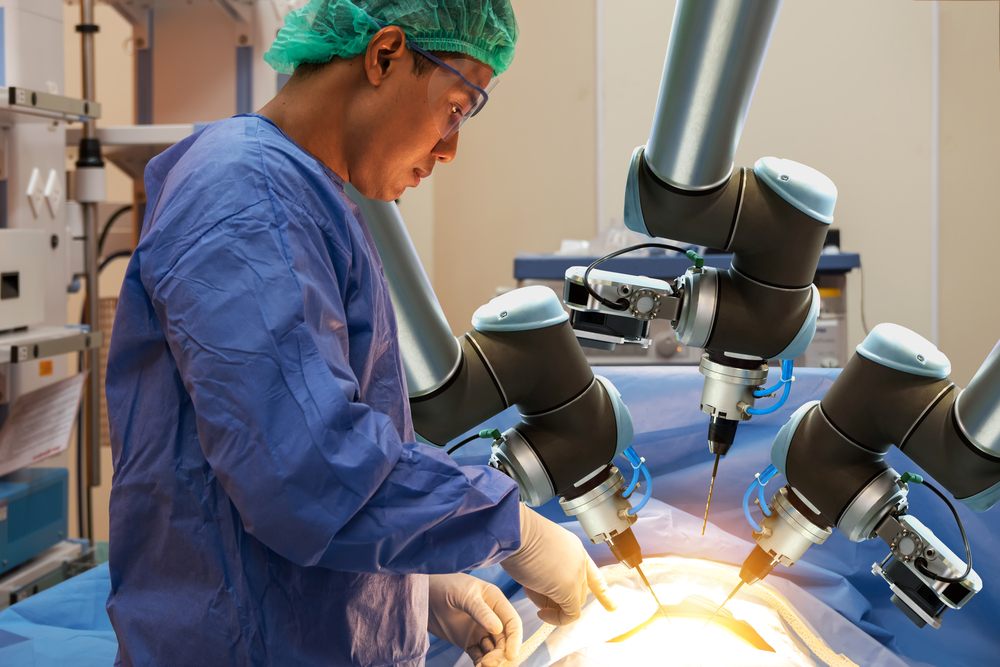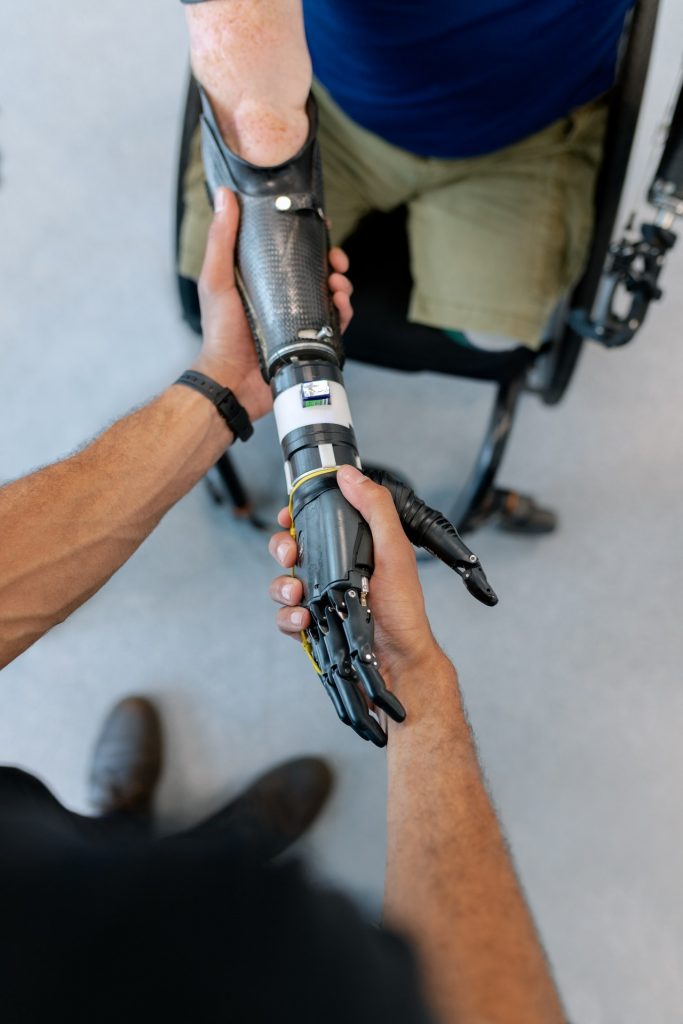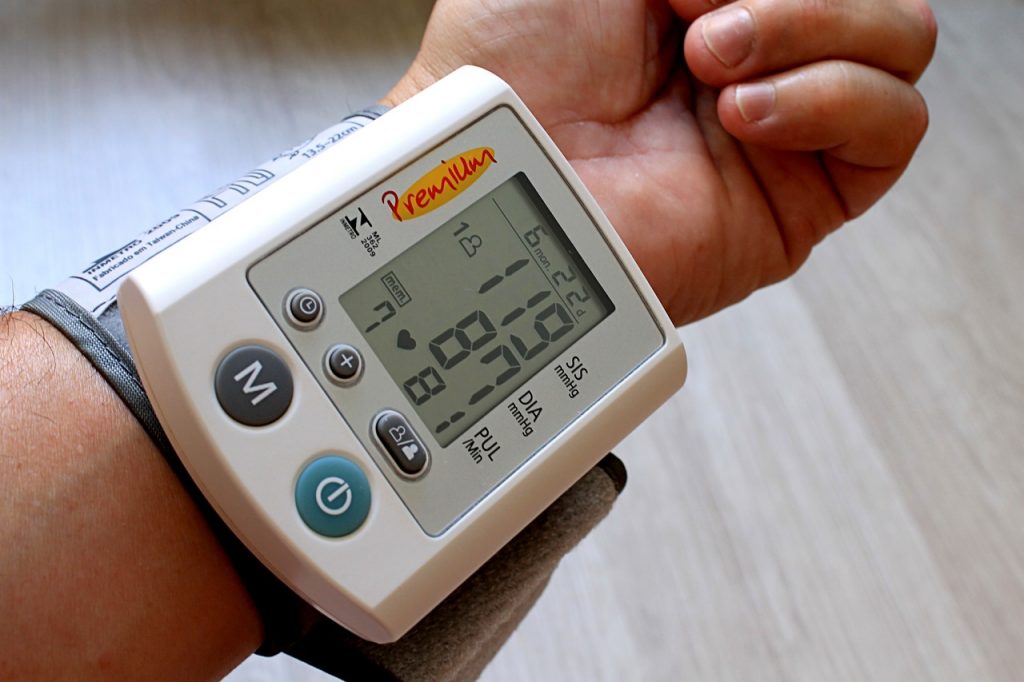Supporting a Loved One With Declining
Health: Tips for Family Caregivers
Are you a family caregiver? You’re not alone. According to Family Caregiver Alliance, there are over 43 million people in the U.S. who provide unpaid care to a family member. As a result, there are countless resources out there designed to support and assist family caregivers with common challenges. Don’t hesitate to leverage these resources when things get difficult. Caring for a loved one who is in decline is one of the most difficult things you can do. It can be incredibly draining, both on an emotional and physical level. In this article from WytCote, we’ll share some tips to help you cope during this challenging time and make effective care decisions for your loved one.
Consider Long-Term Care
If your loved one is in declining health, it’s possible that their care needs are beginning to exceed your capacity to provide support. This indicates that it may be time to consider long-term care. Moving a loved one into long-term care can be beneficial for everyone. In long-term care, your loved one will receive consistent, round-the-clock assistance aligned with their specific needs. And you’ll have more time to focus on your other obligations and your own needs.
Don’t wait until the last minute to look at your long-term care options. The best time to begin considering long-term care is before it becomes necessary. This will give you and your loved one plenty of time to evaluate different care facilities and work out the financial logistics of the move. Then, when you begin noticing signs that your loved one could use additional assistance, you’ll know exactly what steps to take to get them into a suitable long-term care facility.
Watch out for signs that long-term care would be best for you and your loved one:
- You’re concerned about the safety of your loved one at home.
- Their home is in disarray. Basic cleaning and maintenance are being neglected.
- Your loved one is having trouble maintaining their personal hygiene.
- You notice that they’re struggling to get around on their own.
- They’re not taking their medication as prescribed.
- You’re experiencing caregiver burnout.
Make a Plan to Pay for Long-Term Care
Many seniors and their loved ones worry about long-term care costs. Because long-term care can be expensive, it’s important to plan for these costs well in advance. Genworth reports that the median monthly cost to stay in an assisted living facility is $4,500. That cost increases to $9,034 to stay in a private room in a nursing home facility. Start exploring your funding options now.
Many seniors decide to sell their homes to pay for assisted living. If this could be a good option for your loved one, help them calculate their home sale proceeds to determine how much money they can expect from a sale. You’ll have to consider important factors like your loved one’s outstanding mortgage balance, the estimated sale price for the home, and real estate agent commissions. Use an online home sale proceed calculator, so you don’t have to do the math yourself!
While you may be tempted to skip the real estate commission by selling the home on your own, this is not a good idea. Selling a home without an agent is time-consuming. What’s more, your inexperience could lead you to spend a lot of money upfront and see very little in return. Working with a real estate agent is well worth the cost of their commission, especially given that homes sold by agents tend to sell for more money.
Leverage Helpful Technology
Until your loved one moves into long-term care, consider using technology to make life easier for both of you. The right senior care tech tools can ensure your loved one is safe in their home and facilitate remote monitoring when you’re not around. Look for apps, assistive devices, and other handy tools to solve your biggest daily challenges. For example, if you’re constantly worried that your loved one is going to fall when they’re home alone, a fall monitor can provide some invaluable peace of mind.
To help your loved one regain some sense of independence, set them up with virtual assistants and smart home technology. A voice-controlled smart home setup will enable your loved one to adjust their environment, set reminders, call friends and family, check the weather, and stay up-to-date with the latest news regardless of their mobility or tech-savviness.
Take Care of Yourself
Taking time to care for yourself and your own needs is essential when you’re facing a stressful caregiving experience. The physical and emotional demands of caring for a loved one in declining health can take their toll, and the last thing you want is to get burnt out. While it may feel a little selfish to care for yourself when your loved one needs your attention, nothing could be further from the truth. Taking time for your needs will enable you to provide the best quality care.
Take steps for your well-being to protect your physical and mental health:
- Watch for signs that you’re approaching burnout, like impatience, difficulty sleeping, or loss of appetite.
- Eat a well-balanced diet.
- Exercise daily in whatever way works best, whether it’s a short walk or a home workout routine.
- Set a reminder to wind down for bed at least an hour before you want to sleep.
- Let friends and family lend a hand where they can.
- Join a caregiver support group to share your struggles and emotions.
Nothing about being a family caregiver is easy. Remember, all the work you do to care for your loved one is having an enormous impact on their life. If caregiving is becoming too difficult, there’s nothing wrong with considering long-term care. Help your loved one find a facility that offers assistance and support to improve their quality of life and give you more time to take care of yourself.
Is your loved one moving into long-term care? WytCote has created a solution offering monitored care for seniors in care facilities called SeniorSense. Check out our website to learn more!
Photo by Andrea Piacquadio: Pexels
With over 30 years of experience, PJ has helped build the brands of many Fortune 500 companies. He is an Emmy nominated producer, an author, and certified in Digital Marketing Analytics by MIT.

